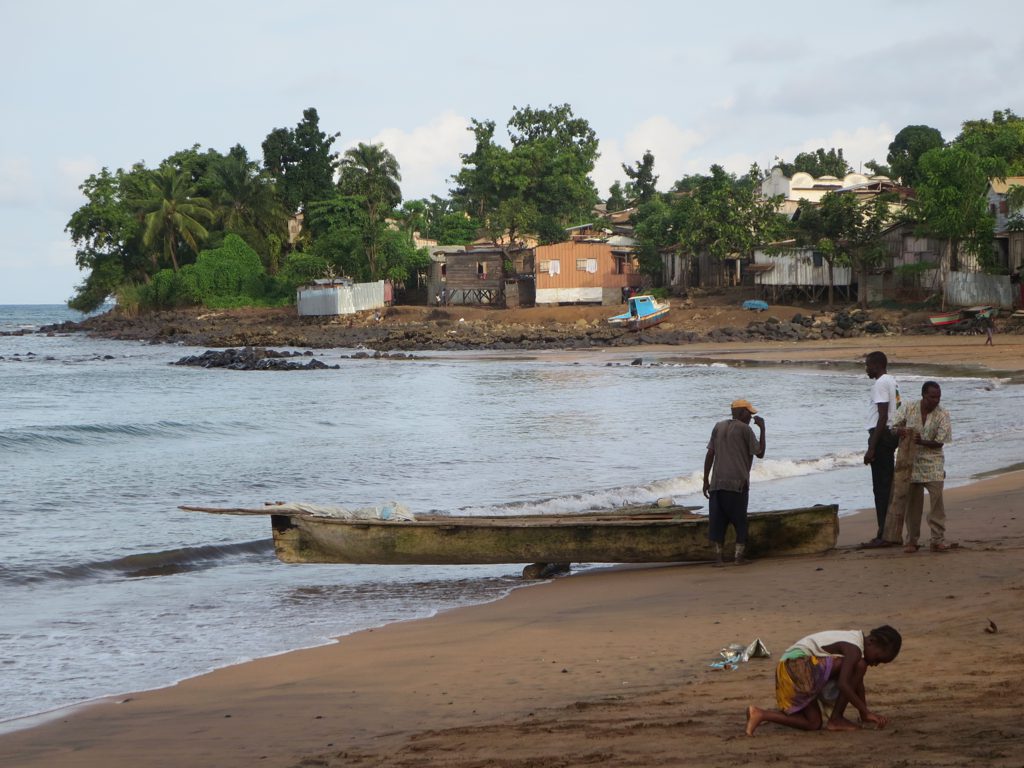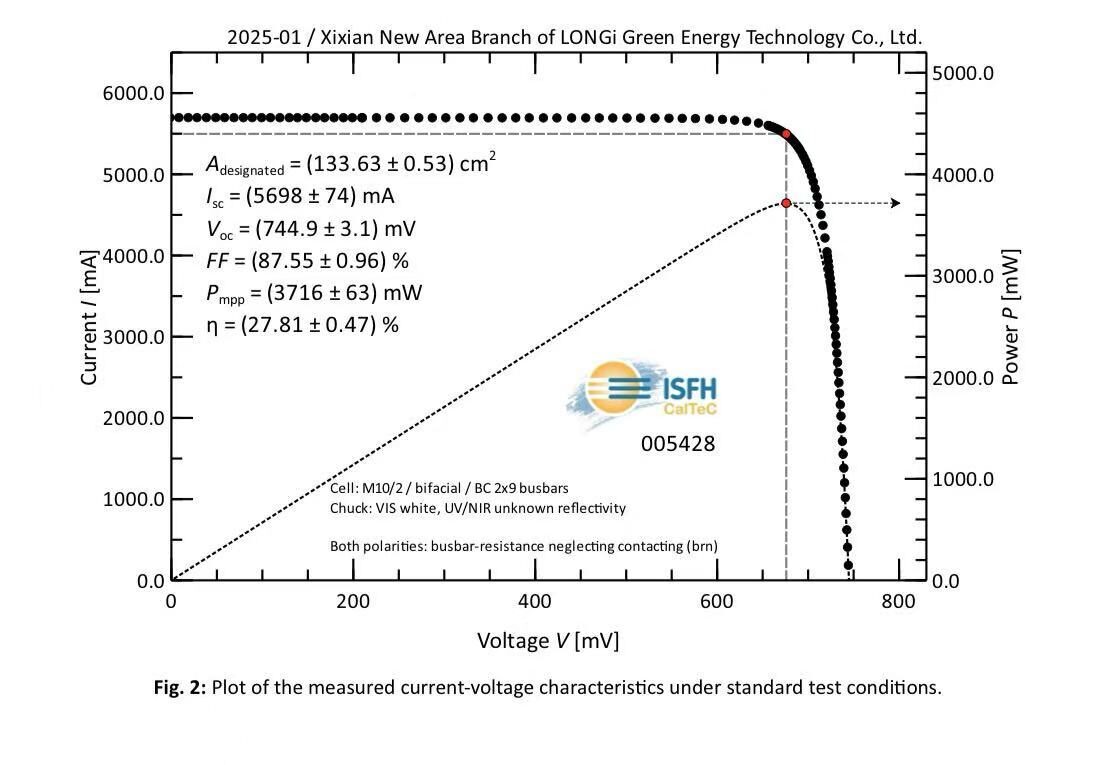The United Nations Development Program is seeking consultants to conduct feasibility studies for a 2 MW solar project and three mini hydropower plants ranging in size from 1.15-2 MW in São Tomé and Principe.
The facilities, which will be a mix of grid connected and off-grid assets, are intended to improve power supply in the West African island nation.
The $1 million studies will be financed by the UN’s Green Climate Fund. Consultants have until Wednesday to offer their services for the tender.
The African Development Bank says São Tomé & Príncipe has an electricity access rate of around 70% and installed power generation capacity of 35 MW, some 95% of which comes from thermal power. Of that theoretical capacity, however, only 58% is available, due to ageing generation assets and lack of maintenance.
Utility crisis
The Macauhub website which reports on relations between China and Portuguese-speaking countries quoted Celestino Andrade, MD of São Tomé & Príncipe state-owned utility EMAE as describing his electric company as “technically insolvent and [in] need [of] urgent restructuring.”
The International Monetary Fund this month reported the island’s energy crisis is partly responsible for its tough economic situation. “In 2018, growth slid to 2.7%, reflecting declining foreign inflows, energy shortages and political uncertainty,” stated the organization, adding: “higher prices for fuel and fish and vegetables drove inflation to 9%; and international reserves declined by $16 million. The authorities agree that it is critical to reform EMAE, which only pays a fraction of its oil supply bill. To ensure the country’s energy security and curb the accumulation of new debt, the management improvement plan at EMAE and the least-cost development plan should be implemented expeditiously, with the support of the World Bank, to reduce losses, particularly through expanding renewable energy production.”
Macauhub reported the monopoly-holding utility owes around $140 million to national fuel and oil company ENCO and $80 million to other suppliers and spends $2 million per month on 2.2 million liters of fuel for its interconnected and isolated power plants.
This content is protected by copyright and may not be reused. If you want to cooperate with us and would like to reuse some of our content, please contact: editors@pv-magazine.com.




3 comments
By submitting this form you agree to pv magazine using your data for the purposes of publishing your comment.
Your personal data will only be disclosed or otherwise transmitted to third parties for the purposes of spam filtering or if this is necessary for technical maintenance of the website. Any other transfer to third parties will not take place unless this is justified on the basis of applicable data protection regulations or if pv magazine is legally obliged to do so.
You may revoke this consent at any time with effect for the future, in which case your personal data will be deleted immediately. Otherwise, your data will be deleted if pv magazine has processed your request or the purpose of data storage is fulfilled.
Further information on data privacy can be found in our Data Protection Policy.